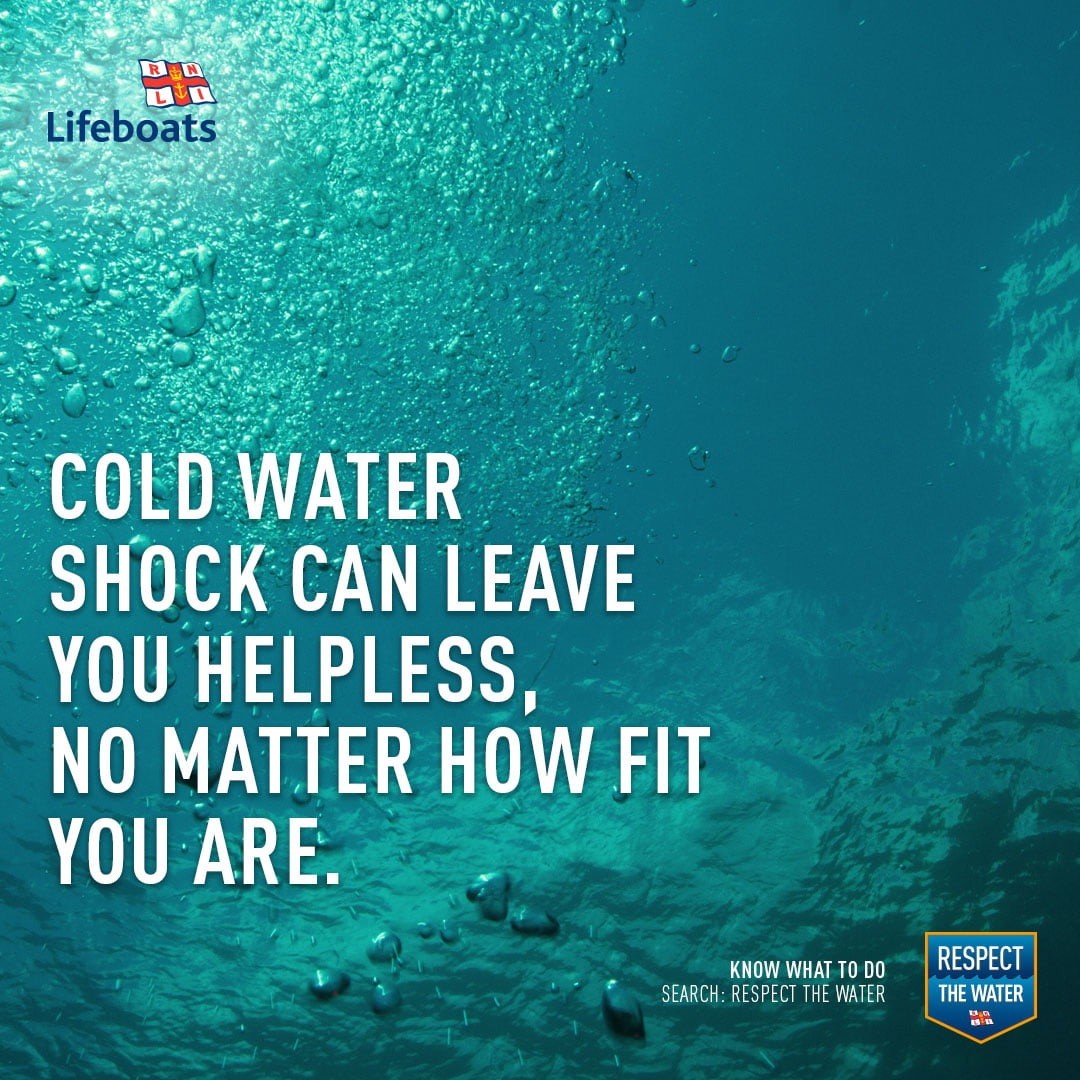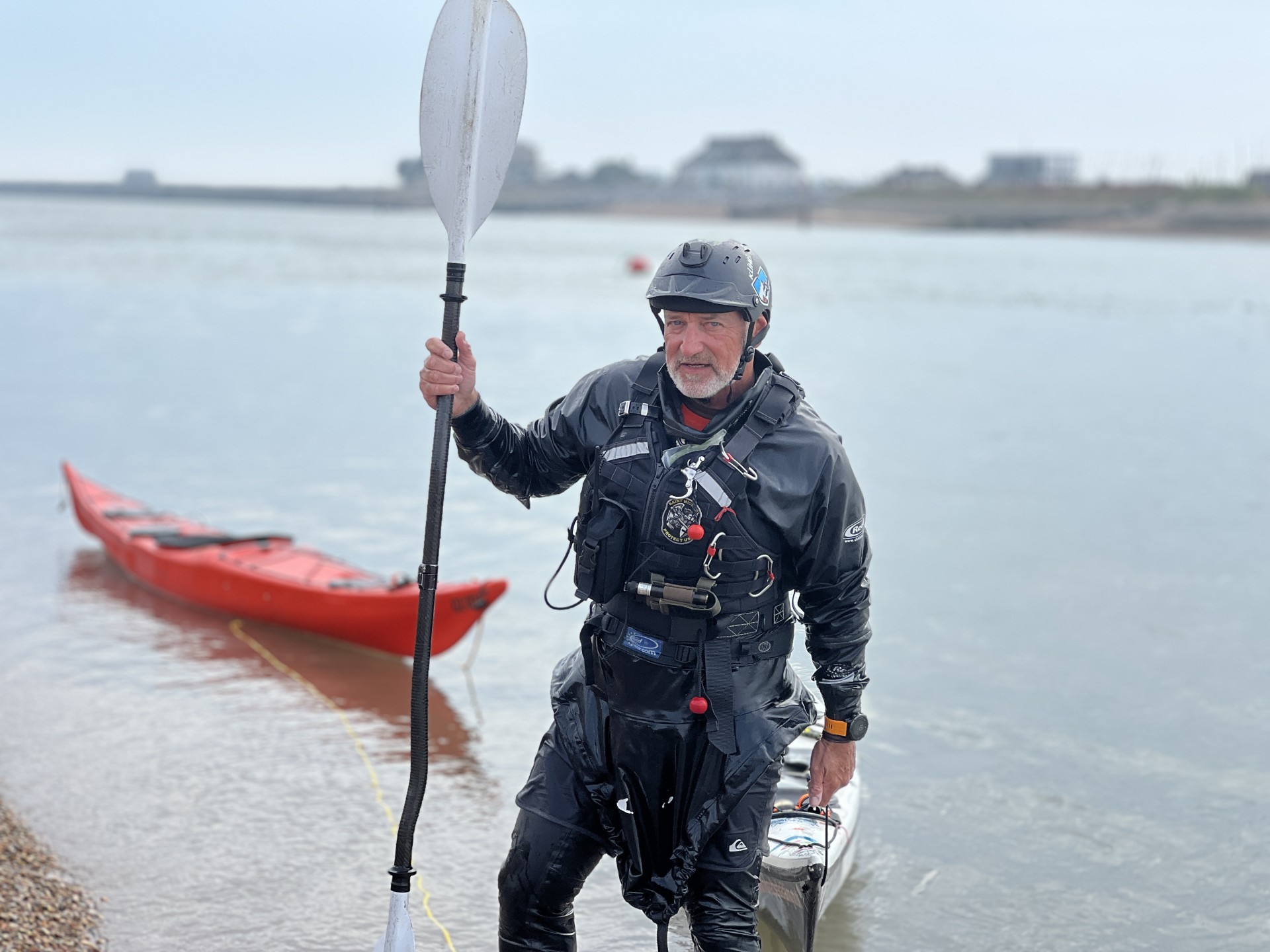
Understanding & Managing Cold Water Shock for Sea Kayakers.
Understanding Cold Water Shock: The Chilling Reality
Picture this: you're out on the water, enjoying the serenity of a calm sea, when suddenly – splash! You capsize, plunging into the frigid embrace of cold water. In that instant, your body is hit with a shock unlike any other.
Cold water shock is the body's natural response to sudden immersion in cold water, typically water below 15°C (59°F). It triggers an involuntary gasp reflex, rapid breathing, increased heart rate, and potentially debilitating panic. Without proper preparation & training, even the most experienced kayakers can find themselves in a perilous situation.
Dealing with Cold Water Shock: Tips for Survival
So, you've found yourself in the icy grip of cold water shock. What now? Stay calm – easier said than done, we know – and remember these crucial tips for survival:
- Control Your Breathing: Fight the urge to gasp for air & focus on controlling your breathing. Take slow, deep breaths to avoid
hyperventilating.
- Keep Your Head Above Water: Prioritise keeping your head above water to prevent inhalation of water & drowning.
- Break the Cycle: Sing a ditty, count the clouds, think about your favourite food or recite a poem or prayer; this is the most effective
method of breaking the destructive cycle, allowing your body to recover quickly.
- Protect Your Core: If possible, curl into the foetal position to conserve heat & minimise heat loss from your core.
- Signal for Help: Use visual or auditory signals to alert nearby kayakers or rescuers to your situation.
Training for Cold Water Immersion: The Key to Safety
Now, here's the cold, hard truth: reading about cold water shock is one thing, experiencing it firsthand is quite another. That's why proper Training is absolutely essential for sea kayakers. Under the guidance of a trained coach, kayakers can learn how to recognise the signs of cold water shock, practice techniques for managing it, and – most importantly – build the confidence to navigate challenging situations on the water.
How to Train for Cold Water Immersion
- Enrol in a Training Course: Seek out a sea kayaking course that includes training on cold water immersion and safety procedures.
- Practice Capsize Drills: Regularly practice capsize & recovery drills in controlled environments under the supervision of a trained
instructor.
- Invest in the Correct Gear: Equip yourself with appropriate cold water gear, including a semi-dry system with thermal layers or a
complete drysuit, and a PFD (personal flotation device).
- Simulate Cold Water Conditions: If possible, participate in simulated cold water immersion exercises to acclimatise your body &
mind to the rigours of cold water shock.
Conclusion: Stay Safe, Stay Informed
As sea kayakers, it's our responsibility to not only embrace the thrill of adventure but also to prioritise our safety above all else. By understanding the risks of cold water shock & investing in good quality training, we can ensure that every journey on the water is a safe and memorable one.
So, fellow adventurers, let's make a splash – but let's do it responsibly. Seek out training, stay informed, & always paddle with confidence, knowing that you're equipped to handle whatever the sea throws your way.
Are you ready to dive in? Your next kayaking adventure awaits – but only after you've prepared yourself for the challenges that may come your way.

Since surfing with the pros as a kid in Durban South Africa on my hollow 12ft barge & getting absolutely trashed, I was hooked on sea paddling. Over a period of forty-two years I’ve surfed, white watered & sea kayaked in locations around the world. I've guided as a full-time professional for the past nineteen years & my journey continues.